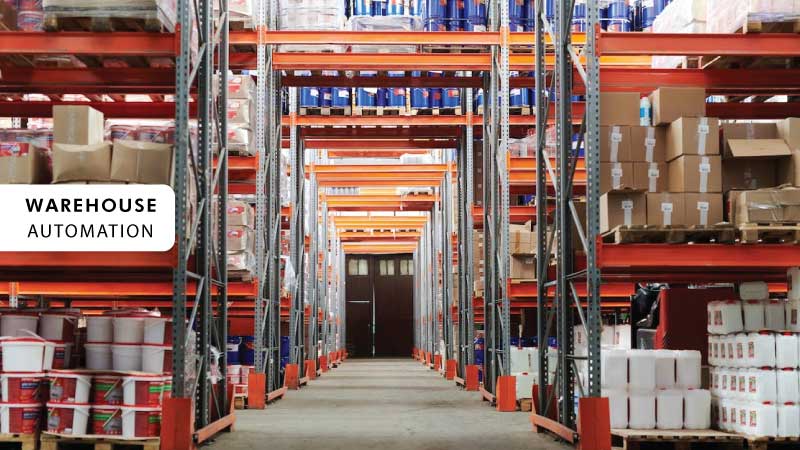Table of Contents
ToggleIn recent years, warehouse automation has become increasingly popular, with companies around the world embracing technology to streamline their operations, reduce costs, and increase productivity. However, like any emerging technology, warehouse automation also comes with its share of challenges and opportunities. In this article, we’ll explore some of the key problems and opportunities associated with warehouse automation.
Introduction
Before delving into the specific challenges and opportunities associated with warehouse automation, it’s important to have a basic understanding of what the technology entails. Essentially, warehouse automation refers to the use of various tools and systems to automate the process of storing, picking, and moving products within a warehouse or distribution center.
There are a variety of different technologies and approaches that can be used for warehouse automation, including conveyor systems, automated storage and retrieval systems (AS/RS), autonomous mobile robots (AMRs), and more. Regardless of the specific technology used, the goal of warehouse automation is to reduce manual labor and improve efficiency, accuracy, and speed.
Warehouse Automation Problems
While warehouse automation can bring many benefits, it also poses a number of challenges for companies looking to adopt the technology. Some of the key problems associated with warehouse automation include:
High Upfront Costs:
Implementing warehouse automation requires a significant investment in technology, which can be a barrier for smaller businesses or those with limited budgets.
Complexity:
Warehouse automation systems are often complex and require significant planning, design, and integration efforts to ensure that they function properly and deliver the desired results.
Maintenance:
Like any technology, warehouse automation systems require regular maintenance and upkeep to ensure that they continue to function properly. This can be a challenge for companies that lack the necessary expertise or resources.
Integration with Existing Systems:
Integrating warehouse automation systems with existing warehouse management systems (WMS) and other business systems can be difficult, especially if those systems were not designed with automation in mind.
Workforce Displacement:
As more tasks are automated, some warehouse workers may find their jobs at risk, leading to concerns about job security and potential labor disputes.
Warehouse Automation Opportunities
Despite the challenges associated with warehouse automation, there are also many opportunities that the technology presents for businesses looking to improve their operations. Some of the key opportunities associated with warehouse automation include:
Increased Efficiency and Productivity:
By automating repetitive and labor-intensive tasks, warehouse automation can significantly improve the efficiency and productivity of warehouse operations, leading to faster cycle times and lower operating costs.
Improved Accuracy and Quality Control:
Automated systems can help ensure that products are stored, picked, and shipped accurately and efficiently, reducing the likelihood of errors and improving overall quality control.
Greater Flexibility:
Warehouse automation can allow for greater flexibility in operations, as automated systems can be easily reconfigured and reprogrammed to adapt to changing business needs and market demands.
Enhanced Safety:
Automated systems can help reduce the risk of workplace accidents and injuries by removing workers from hazardous tasks or environments.
Improved Customer Satisfaction:
By streamlining warehouse operations and improving order accuracy and delivery times, warehouse automation can lead to improved customer satisfaction and loyalty.
Conclusion
Warehouse automation presents both challenges and opportunities for companies looking to improve their warehouse operations. While the upfront costs and complexity of implementing automation can be daunting, the potential benefits in terms of efficiency, accuracy, and productivity are significant. As the technology continues to evolve, it’s likely that we will see even more advanced and innovative solutions emerge, further transforming the warehouse and distribution center landscape.

We offer the platform where you can surf through articles and blogs to enrich yourself with a wide range of information on technology and trends in and around you. We aim to virtue all our visitors with those skills and assist them in understanding facts and figures about different aspects.








